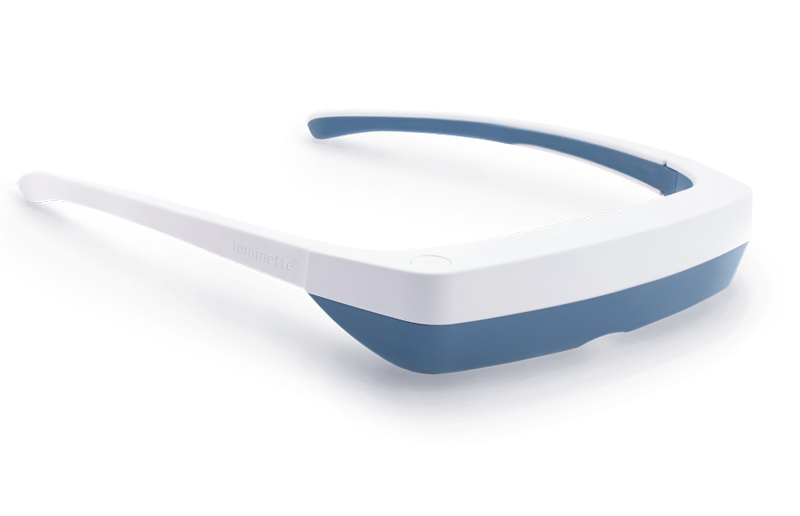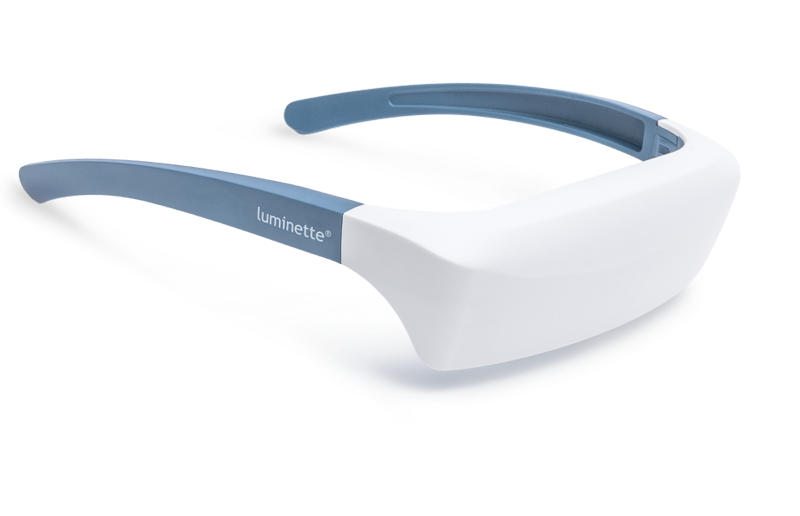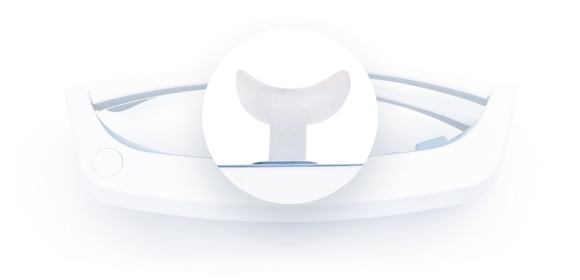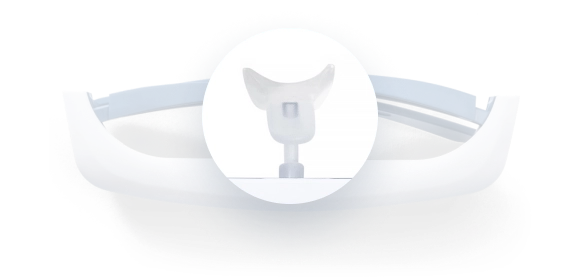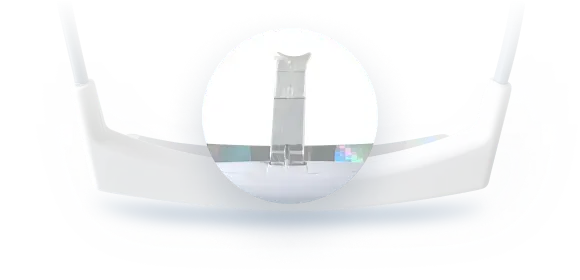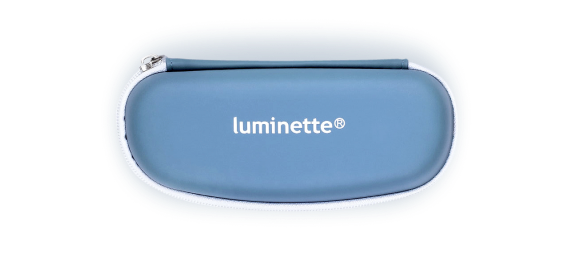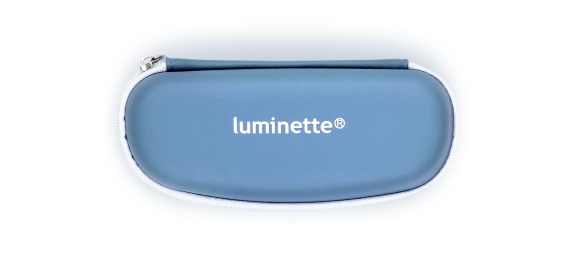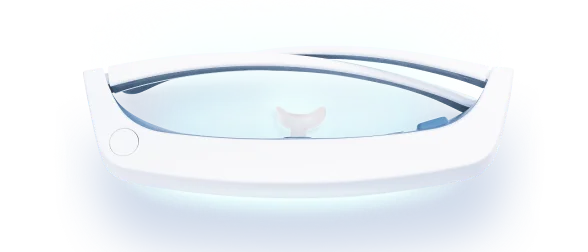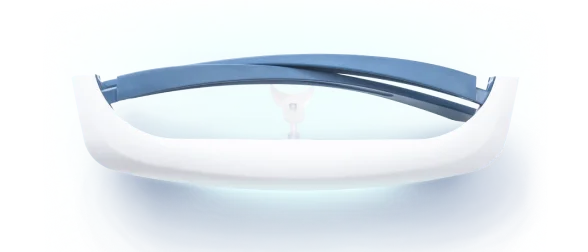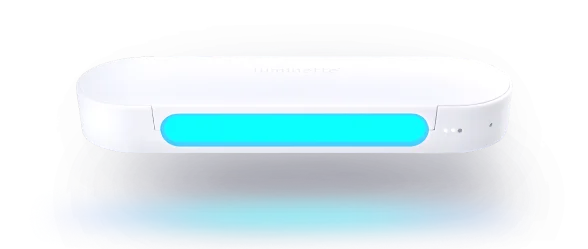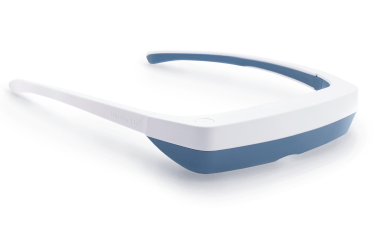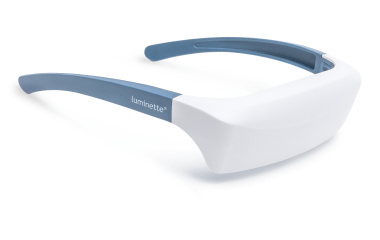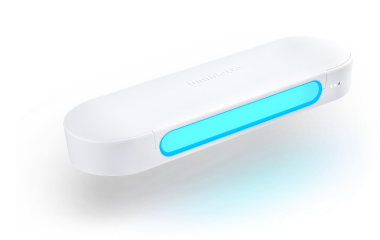In a world where technology intersects with health and wellness, blue light therapy stands out as a novel solution for various physical and mental ailments. From skin health to mood regulation, this non-invasive therapy offers a versatile range of applications. But what is blue light therapy, and how can it benefit you? In this comprehensive guide, we unravel the mysteries of blue light therapy, exploring its science, applications, and potential benefits for those seeking improved mental well-being and skin rejuvenation.
What is blue light?
Blue light is a segment of the visible light spectrum, characterized by its short wavelength and high energy, typically ranging from 380 to 500 nanometers. Unlike harmful UV radiation, blue light is widely regarded as a safe alternative for artificial light therapy. This therapy leverages blue light's beneficial properties to improve mood, treat seasonal mood swings, and support the body’s natural sleep-wake cycle. By mimicking natural sunlight, blue light therapy can effectively help treat winter blues and realign your body's internal clock, making it a popular choice for those experiencing mood fluctuations during darker months.
The therapeutic effects of blue light therapy are not limited to mood improvement. The high-energy nature of blue light enables it to penetrate the skin's surface, promoting collagen production and reducing acne without the adverse effects associated with prolonged UV exposure. This makes it a valuable tool in dermatology for improving skin health and appearance. This type of therapy is particularly beneficial for individuals suffering from skin conditions such as acne vulgaris and can also help reduce the appearance of fine lines and wrinkles over time.
Devices such as the Luminette 3 Light Therapy Glasses and the Drive Light Therapy Lamp are commonly used for blue light therapy, addressing a range of both physical and psychological health concerns. These devices are designed to be convenient and user-friendly, allowing individuals to incorporate therapy sessions into their daily routines easily. The portability and ease of use of these devices mean that users can benefit from blue light therapy at home, in the office, or even while traveling, making it a viable option for busy lifestyles.
While generally safe, it is helpful to use blue light therapy with some awareness of timing and intensity to avoid unnecessary eye strain or circadian disruption. Those who want personalized guidance can consult a healthcare provider to find the most comfortable duration and brightness for their needs. A professional can help fine-tune a plan that supports the benefits of blue light therapy while keeping use balanced and effective.
Additionally, ongoing research is exploring the broader implications of blue light exposure, including its potential role in enhancing cognitive function and productivity, thereby expanding its applications beyond traditional therapeutic uses. Scientists are also investigating how blue light can be used in combination with other wavelengths to provide more comprehensive treatments, potentially opening new avenues in both mental and physical health care.

How Does Blue Light Therapy Work?
At its core, blue light therapy harnesses the power of specific light wavelengths to elicit positive biological responses. The light energy emitted from blue light lamps is absorbed by the skin and underlying tissues, initiating a cascade of cellular activities that promote cellular repair and hormonal balance. This phototherapy technique is employed in several dermatology treatments and wellness applications, leveraging its ability to enhance serotonin regulation and melatonin production.
a. Blue light and our eyes
When blue light hits the eye, it hits light-sensitive cells. Research shows that this signals the suppression of melatonin production (a.k.a. the sleep hormone), promoting greater alertness, focus, and productivity. While this can be beneficial for alertness and focus during the day, exposure to blue light in the evening can disrupt normal sleep patterns, making it more difficult to fall and stay asleep. Nevertheless, when strategically applied therapeutically, blue light can help reset your body's biological clock as your sleep-wake cycle realigns, and levels of sleep/wake hormones like melatonin rebalance accordingly.b. Blue light and the skin
While blue light can be strategically used to promote alertness and focus and realign your body's biological clock, it can also help clear acne on acne-prone skin and treat sun damage and non-melanoma skin cancers. When light is exposed to the skin, it activates proteins that contain light-sensitive molecules, increasing mitochondrial activity. This, in turn, increases oxidative stress. Skin cells respond by releasing molecules that manage inflammation and control cell growth. Targeting specific areas with blue light can improve some skin conditions, such as acne and certain non-cancerous skin growths.
Benefits of Blue Light Therapy
The benefits of blue light therapy go beyond cosmetic advantages, offering a range of uses from improving mental health to promoting skin health. This innovative therapy is celebrated for its multifaceted applications.
Improving Mood and Focus
Blue light therapy is known for enhancing mood and focus. Exposure to blue light influences the brain's chemical balance, boosting serotonin levels and enhancing cognitive performance. For increased alertness, a 2018 study found blue light improves reaction time and alertness when one is not at their optimum performance time of day. Additionally, a 2017 study showed participants performing better on verbal memory and memory consolidation tests after blue light exposure.
Treating Winter Blues
The shorter days of winter can lead to winter blues in some people. Blue light therapy effectively treats these seasonal mood changes by replicating natural light, which helps maintain a stable mood. It is also an effective treatment for non-seasonal feelings of deep sadness, particularly when combined with antidepressant medications, as found by researchers.
Boosting Energy Levels
Blue light therapy can mimic the energizing effects of sunlight, offering an energy boost that helps maintain alertness and enthusiasm throughout the day. This therapeutic technique is particularly beneficial for individuals who experience reduced exposure to natural sunlight, such as during the winter months or in office environments with limited natural light. By simulating sunlight, blue light therapy can help regulate the body's internal clock, improving mood and increasing overall productivity.
Potential Skin Benefits
In dermatology, blue light therapy has gained popularity for its effectiveness in treating acne and improving overall skin health. A 2015 study found that blue light destroys acne-causing bacteria and reduces inflammation. It also aids in skin rejuvenation by stimulating cellular repair. A case study and a review confirmed its efficacy in treating conditions like actinic keratosis and plaque psoriasis, while a 2018 study highlighted benefits for treating basal cell carcinoma tumors.
Through these various benefits, blue light therapy stands out as a versatile tool for enhancing mental and physical well-being.
How to use blue light therapy devices
Due to the risks of overexposure, intensive blue light therapy should only be used in hospital settings. However, home devices are safe for treating low levels of jaundice, seasonal deep feelings of sadness, fatigue, and acne.
Handheld blue LED lights are used for skin problems like acne. They should be used in close contact with the skin for short periods, between 3 and 4 minutes in each affected area. However, follow the advice of a specialist.
Most lamps for treating winter blues and adjusting sleeping patterns can be used in the morning for 20 to 60 minutes. They must be placed at arm's length and within the field of vision, and the light should be within the peripheral field of vision.
That said, to harness the benefits of blue light therapy, Luminette offers a convenient solution with the Luminette 3 Light Therapy Glasses and Drive Light Therapy Lamp. Here's how to use them effectively:
-
Choose the best time for therapy: To help reset your internal clock, it is recommended that you use the Luminette 3 glasses in the morning or during the desired waking time. You should use them for about 20–30 minutes a day.
-
Adjust the intensity: The Luminette 3 glasses have adjustable settings to suit individual preferences. Start with lower intensity and progressively increase as needed.
-
Continue daily use: Consistency is critical when using light therapy. Incorporate the use of Luminette 3 glasses into your daily routine to experience the full benefits of the therapy, and use them once a day.
Takeaway: Light up your life with Luminette
Blue light therapy is a painless, noninvasive procedure that can be used to treat different conditions (both physical and psychological), including skin issues, mood swings, jet lag, and more.
It is a safe and low-risk treatment. If you consistently feel sluggish, experience poor sleep, lack focus, and feel deep sadness, Luminette 3 light therapy glasses can help improve your sleep quality, enhance your mood, keep you alert, and energize you.
With a consistent 20-60-minute daily routine, you can calibrate your body’s internal clock, maintain melatonin levels, and stay energized year-round.
Ready to improve your mood and boost focus and sleep quality? Order the Luminette 3 light therapy glasses today!
FAQ
Can blue light therapy be used at home?
Yes, portable blue light therapy devices such as Luminette 3 Light Therapy Glasses are available for home use. If you would like personalized reassurance—especially regarding eye comfort or sensitivity—you may choose to consult a healthcare professional before getting started.
How often should I use blue light therapy each week?
Regular blue light therapy is typically done for 20-30 minutes a day, most days of the week.
Is it possible to overuse blue light therapy?
While blue light therapy is generally safe, overuse can lead to side effects like headaches, eye strain, and fatigue. Always follow manufacturer guidelines when using blue light therapy devices.
How long does it take to notice results from blue light therapy?
Like any regimen, consistency is crucial. You will likely feel that the “boosting” effect of the Luminette is almost immediate. However, most people may notice results from light therapy within a few days, while for others it may take a few weeks.
What activities should be avoided after blue light treatment?
For those who underwent blue light therapy for skin problems, it is best to avoid any activity that will expose them to sunlight during this sensitive time. Those using light therapy glasses should avoid looking directly at bright lights after using light therapy glasses.
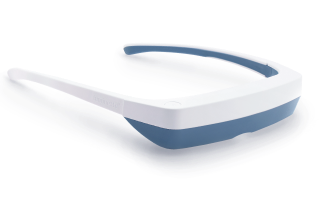
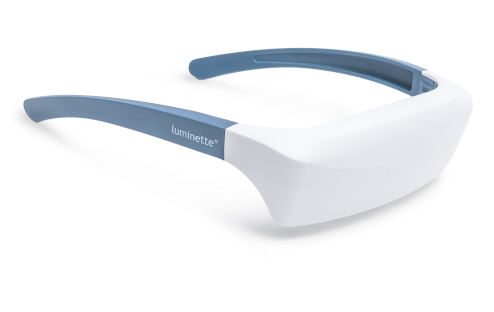
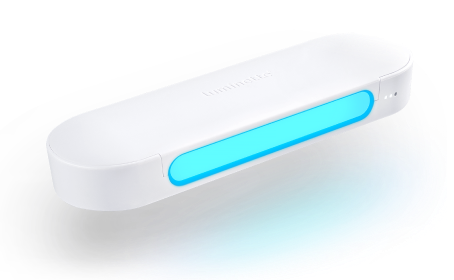
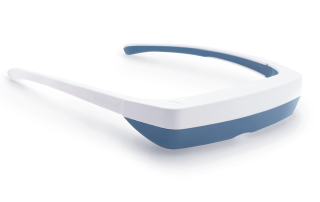
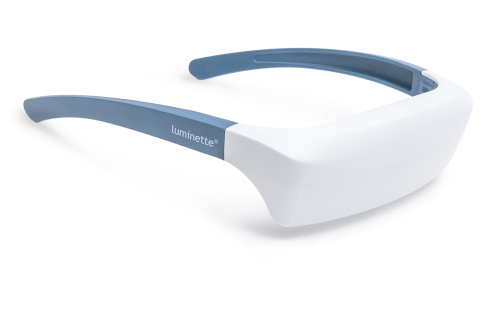
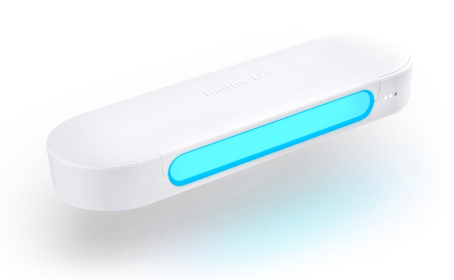
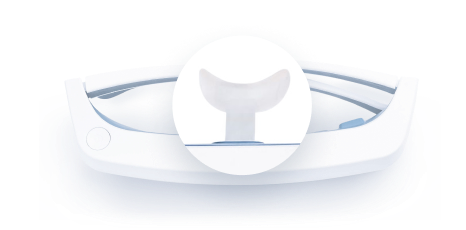
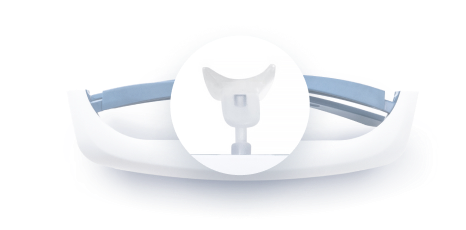
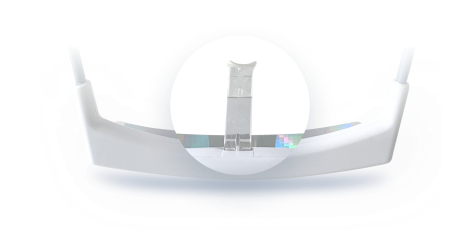
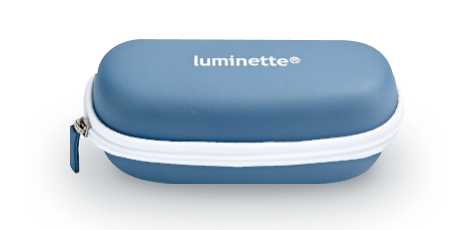
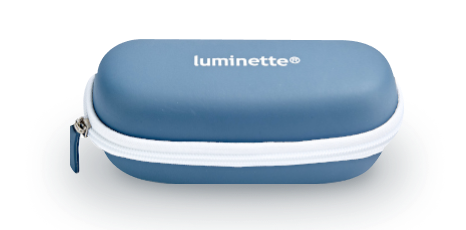
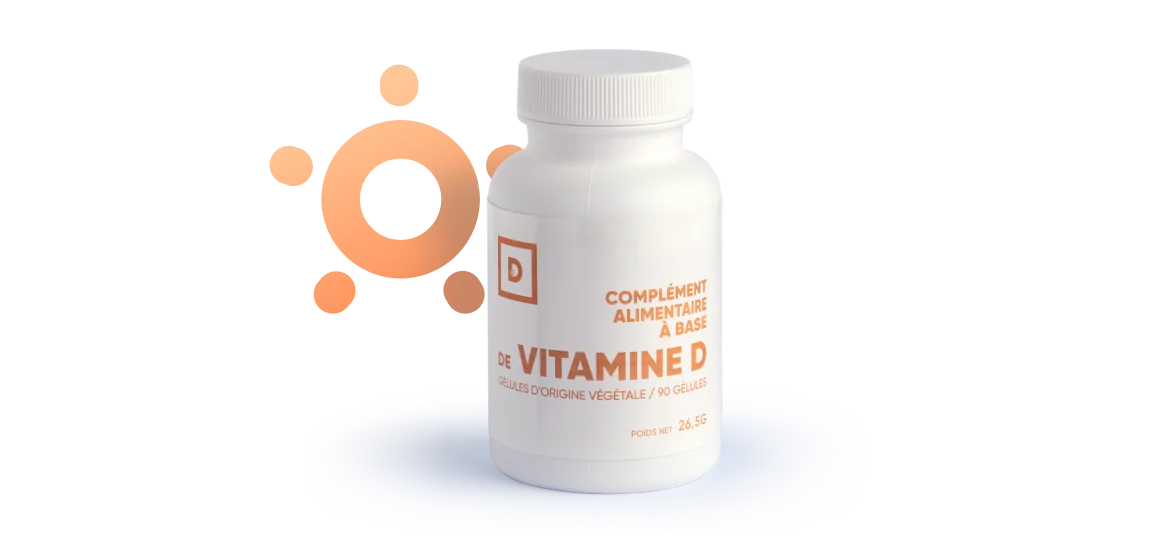



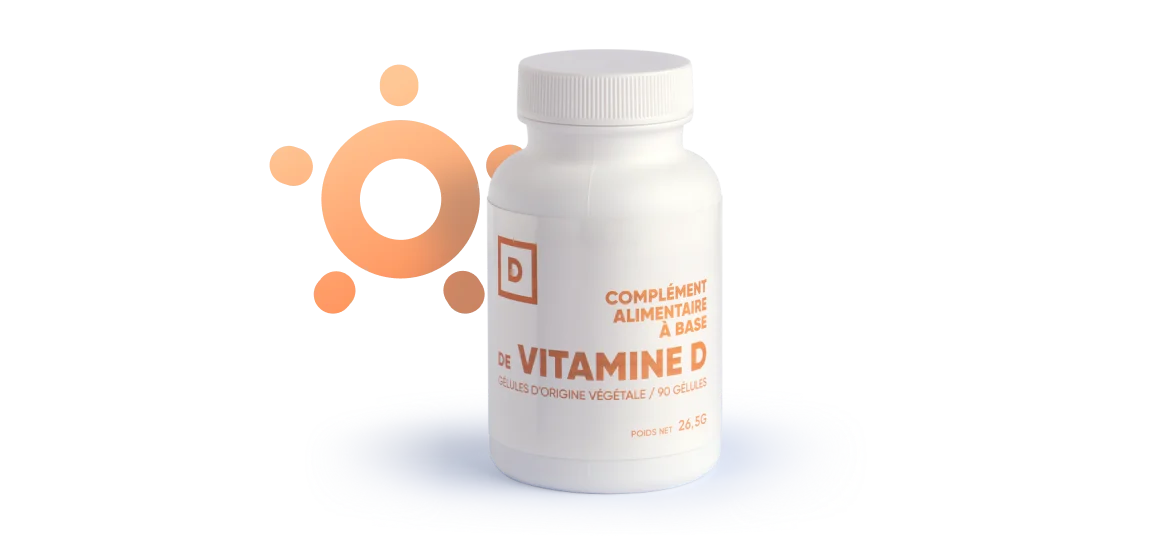
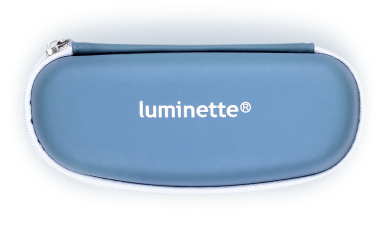
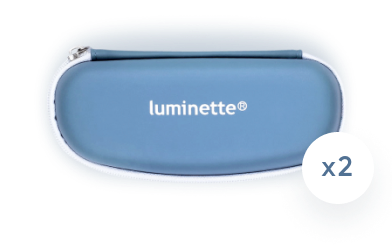
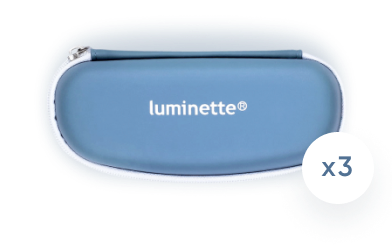
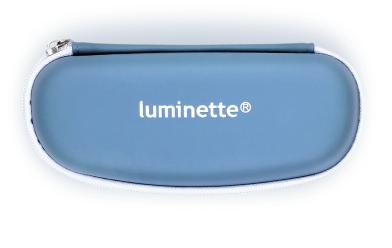
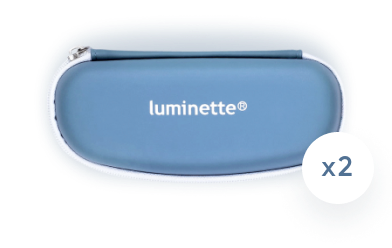
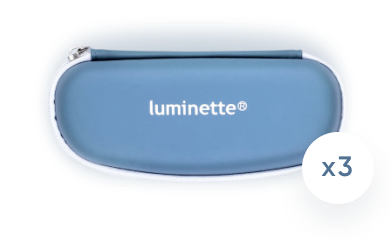
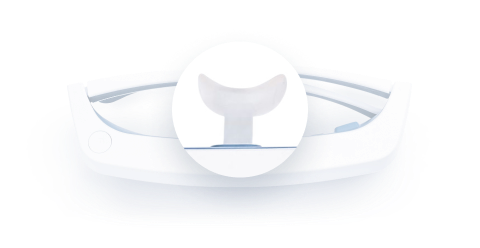
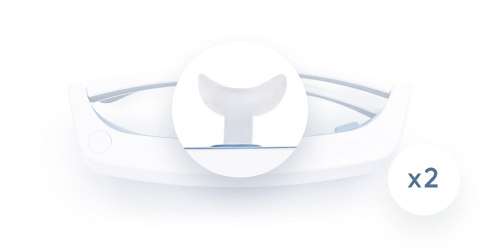
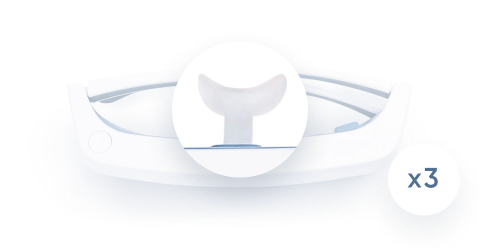
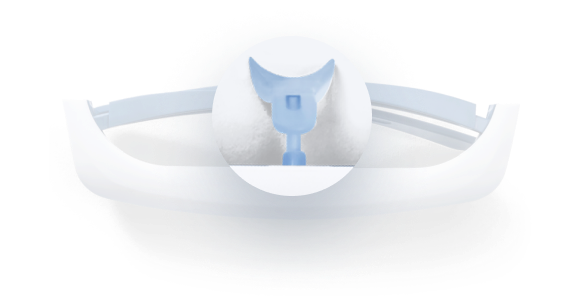
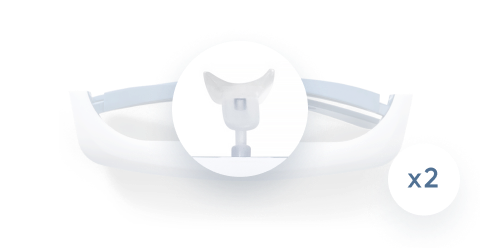
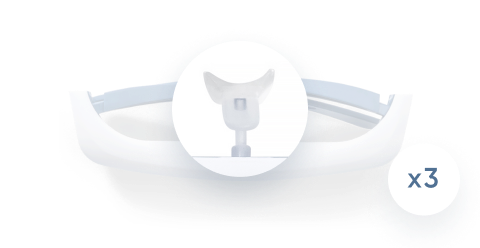
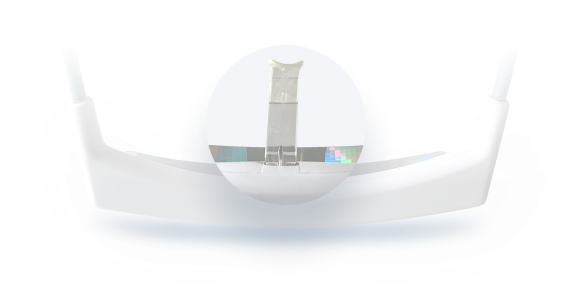
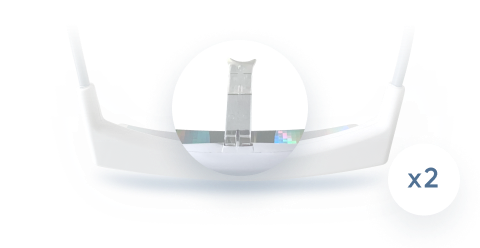
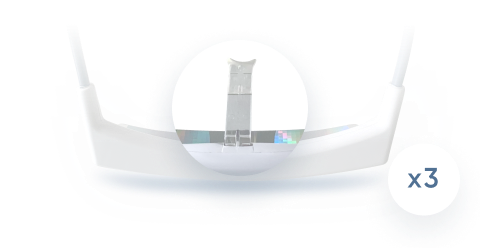
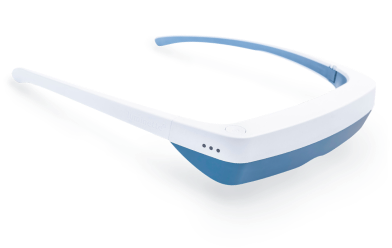
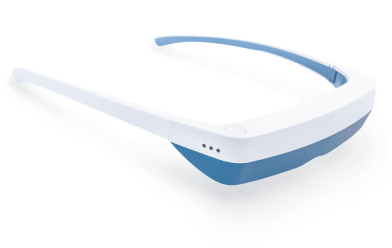
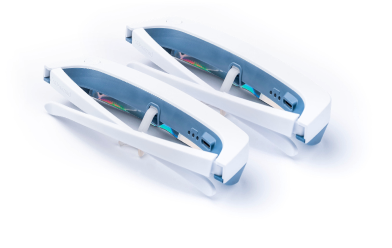
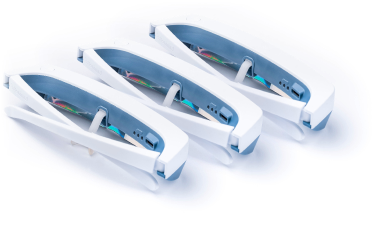
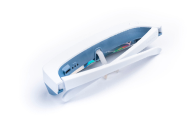
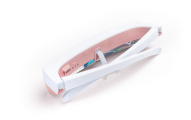
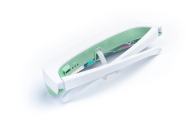
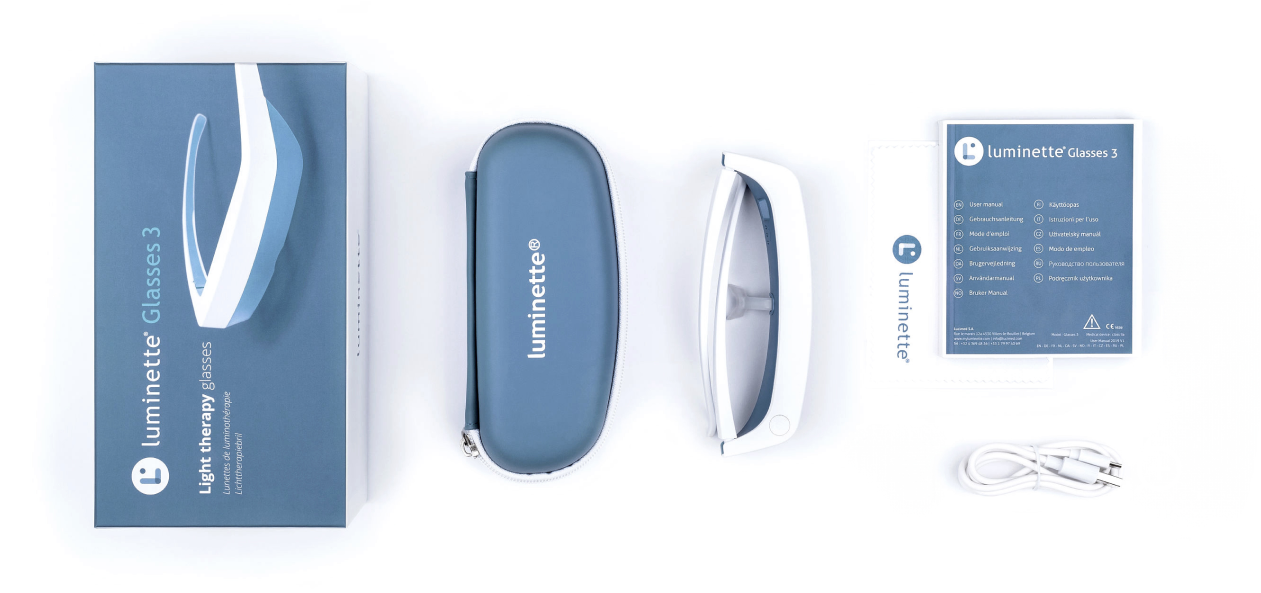
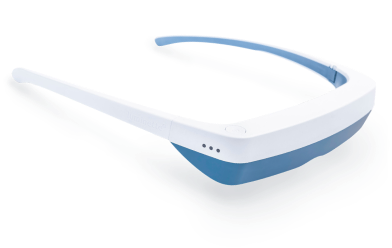


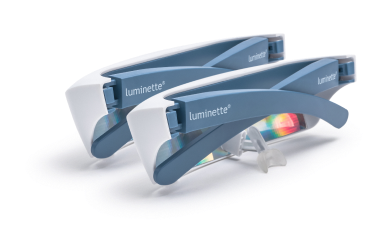
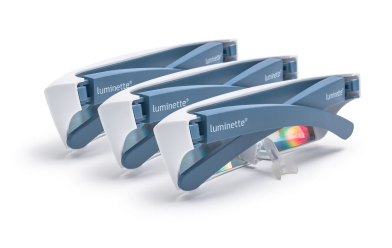
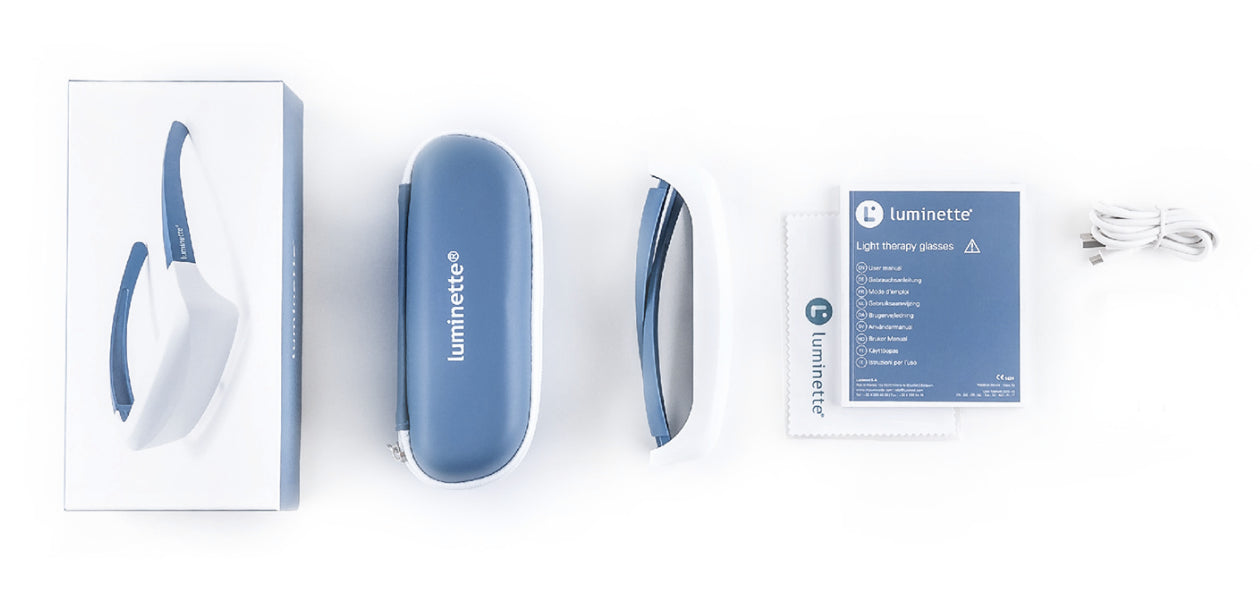
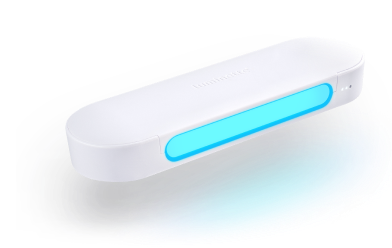
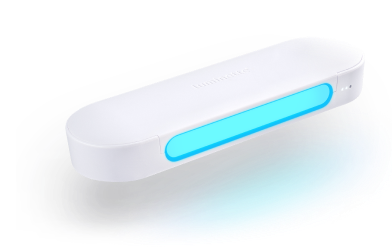
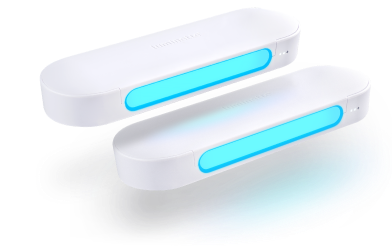
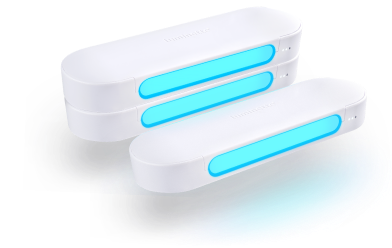
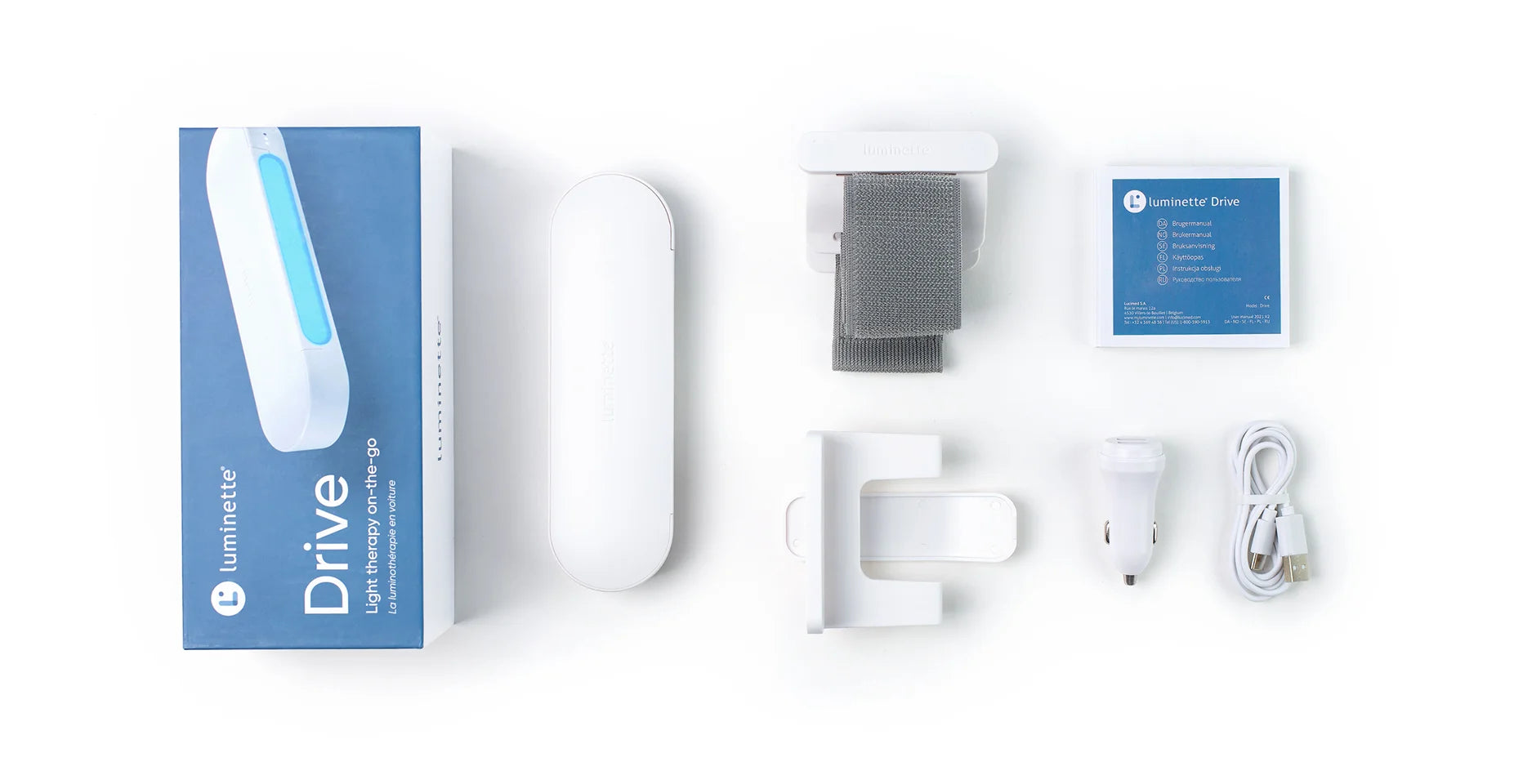

 Please note
Please note



